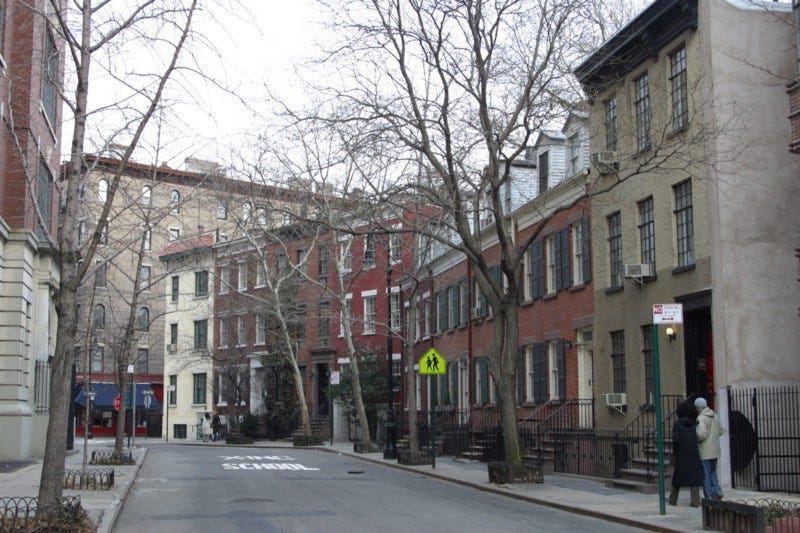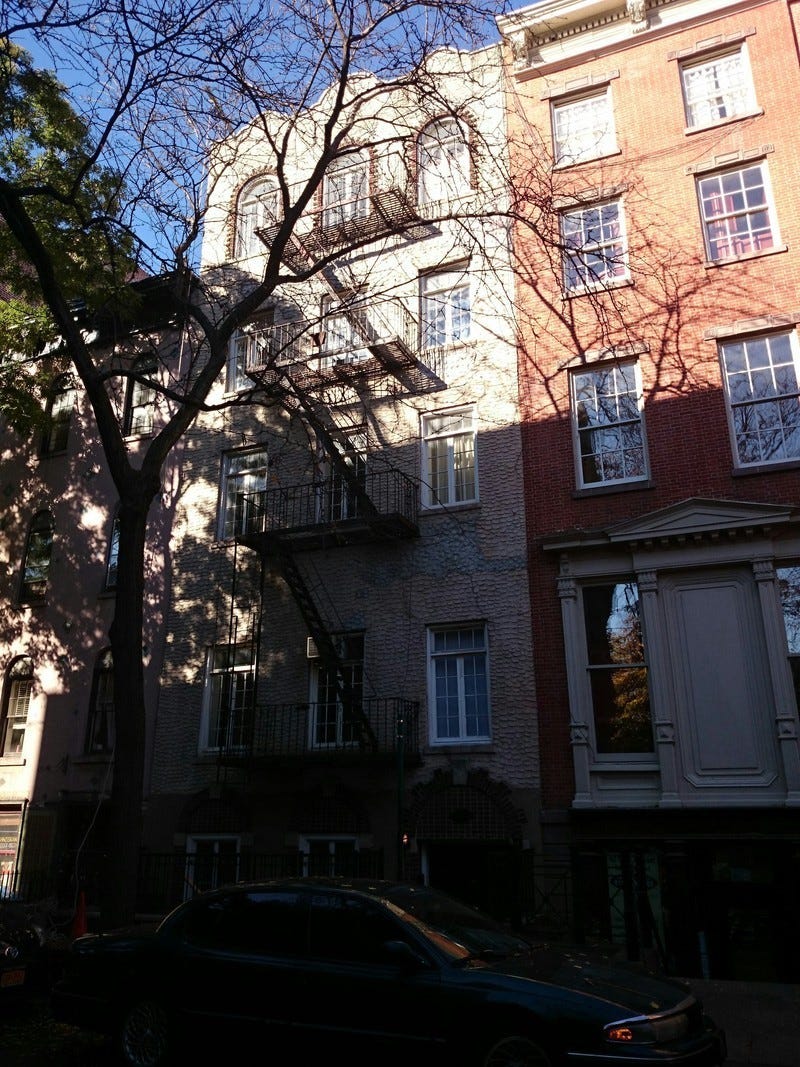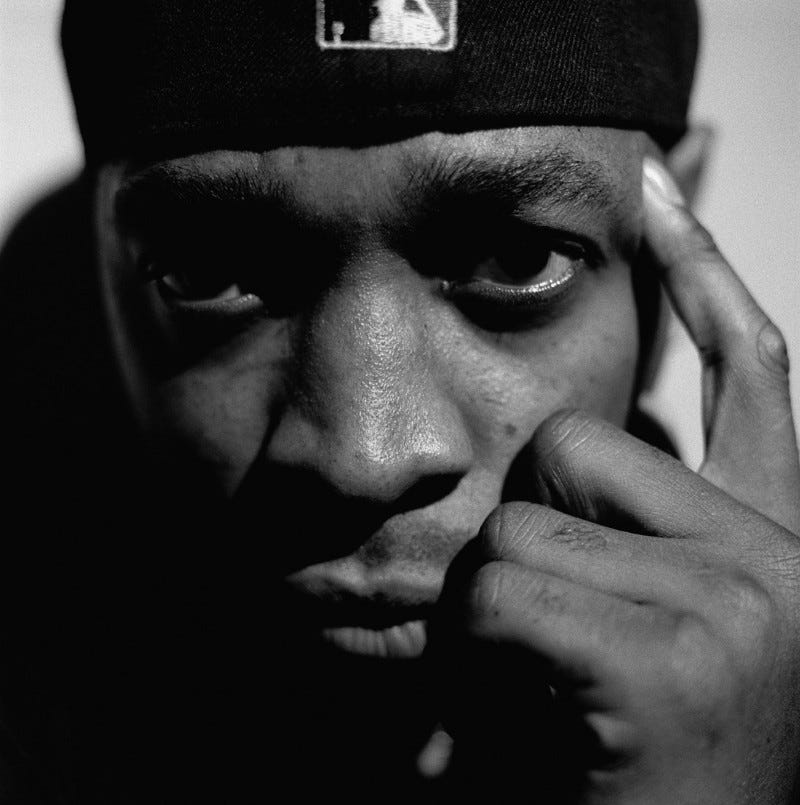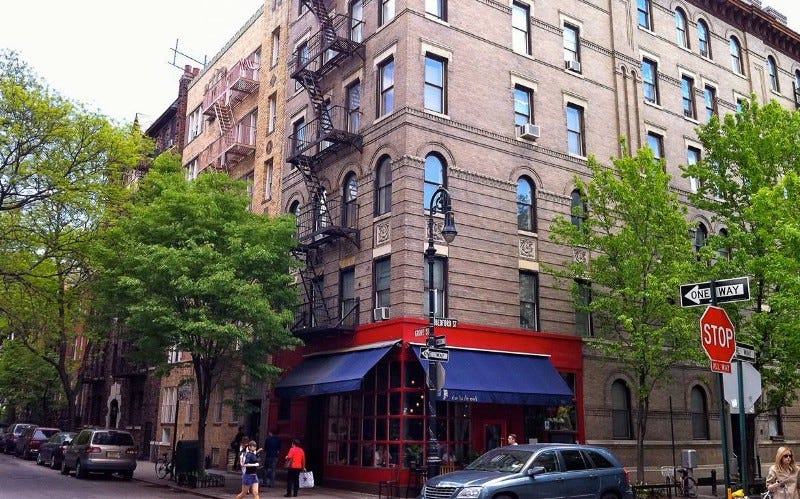5/8/2020 — Carlisle, Massachusetts
Put the car into reverse, pull out the lot by the barn I call home until I move in a few weeks, drive through streets lined with white pines. Turn left onto the grey gash of the 495 beltway. Head southwest to New York. It’s Monday morning, 8:30am.
The mission: Return to an empty shell of an apartment in an empty shell of a city to sort through the possessions of my West Village apartment. Movers will come tomorrow, men I will never meet. I want them to know what to keep, what to discard. Two months earlier I had left the apartment like stepping out for coffee: food in the fridge and cupboards, TV plugged in, an accumulation of necessities and no-longer needed items I would sift through in the future.
That day has arrived.
I ride the Sapphire Dragon to the 290 through Worcester, on the 90 until Sturbridge and then the 84 towards Hartford, rolling west and south. At the Ruby Road exit in Connecticut I can’t do this any longer so I stop. There’s a Dunkin’ Donuts. It’s a global pandemic. I order a cruller with my coffee. Back on the road, heading to a home that shifts to the past tense.
The Most Beautiful
The West Village is one of the most beautiful neighborhoods of any capital city in the world, for me at least, and judging by property values and lack of inventory, I’m literally not alone in this. Linden trees stretch taller than the rooftops, the streets are the perfect width so you can see and hear and talk with people in any direction. This is no Haussmann-like urban grid of wide boulevards with roaring cars. The Village is more Saint-Germain-des-Prés than Champs-Élysées. Both cities dates of remaking neatly line up: when Napoleon III’s architect ripped apart medieval Paris to make a city fit for troop movements and hygiene, New York’s city fathers would soon sketch a grid that mercifully skipped the West Village. Life from the 17th, 18th and 19th centuries remained intact in the Village, a life before highways, a life where people can walk wherever they want, a life built for citizens, not armies.

The person who advocated for this best, Jane Jacobs, used the life force of the Village to spur a movement that would overthrow a mid-century American Haussmann: the dreaded Robert Moses. Jacobs created a global model for urban design and living and advocacy that sought refuge and guidance from the builders of the past. It remains a lesson now. Make cities for people, not trucks, not airplanes, not cars. People first, people only.
It was home for me, home for countless residents and tourists and flâneurs and lovers of all things pedestrian and holy. Holy since the West Village is separate from the rest of Manhattan, holy since no new city or neighborhood I’ve ever heard about or visited — no cul-de-sac’ed Battery Park City or übermensch-only Hudson Yards or stark Atlantic Yards or traffic-jammed Dubai or vapid Phoenix or un-walkable Boston Seaport District or Le Corbusier’s brutalist Chandigarh —none have come close to crafting what people perfected hundreds of years ago, with no power tools or computers, along the eastern bank of the Hudson River. Holy.
And soon, a relic.
L’chaim
After 18 years — “life” in Hebrew / chai / חי—I had to walk away from my perch on Grove Street. Forced by circumstance, not desire. End of chai. Close that chapter, put down that book of me in the Village, that life of solitude and loneliness in a too quiet apartment while listening to the mourning doves in the gardens, the late night dinner parties with sure let’s open more wine, the minyan gatherings with jubilant prayer on Shabbat evenings, the snoring sister sleeping on my sofa after partying late in the Meat Packing District, my father who visited so often for a while that he stowed a biography of Benjamin Franklin in my bookcase to read at night, the long term girlfriends and brief luxuries with strangers, the passions and hard conversations and fireside embraces and breakups. The writing and working and talking and coffee and sheltering in a home for a longer stretch than the lifespan of my friend’s oldest children.
Over. I couldn’t afford to pay a rent that had been agreed to in sunnier times, and couldn’t be renegotiated. Since I couldn’t tolerate living in a sick city with no movement, I also had to pay rent in Massachusetts. The country shut down the economy, but it keeps rents and mortgage payments flowing as if nothing is different. Transferring my hard fought savings to a wealthy landlord didn’t make sense, so we ended it.
Do others have it worse with far less? Yes. Am I lucky even in my sadness? That too. Does my economic stature make all of this seem quaint compared to the millions of unemployed, many of whom now have hungry children, to the homeless and the detained and the hunted for simply being black, unlike my privilege? Yes yes yes.
But I can tell you this. If you rationalize a loss instead of mourn it, if you explain away feelings instead of dive into them, if you narrow your eyes instead of let them well with tears, you risk becoming an emotionally constipated late 20th century man incapable of emotion, which will leave you incapable of connection.
Trust me on this.
Don’t Call it a Comeback
It’s been a little over three hours. I ride from the Merritt Parkway in Connecticut to the Hutchinson River Parkway in Westchester and feel a familiar thrum. Turn down the Henry Hudson Parkway as it grows to a rising joy. Like in a movie soundtrack my Spotify playlist surprises me with Golden Era 1990s hiphop.
If you know me well, you know that I love this music by the greatest Bronx, Queens, Brooklyn, Staten Island and Manhattan kids of all time, a movement that upturned the world. I’m talking the Jungle Brothers, Public Enemy, even LL Cool J’s hokey by hype Mama Said Knock You Out. Zulu Nation’s Tribe Called Quest, De La Soul, Nas, EPMD, Lil Kim, Biggie. These teenagers from way back are the shining coins in the rainbow’s pot of gold. They are the brilliant beautiful few who spun art with no money, no connections, just talent and turntables. This journey to New York becomes my instinctive travels and paths of rhythm. I am as hyped as LL. I’m back baby, better than ever. I’m in a New York State of Mind. This time I’ll change it up, move from that small downtown walkup to a big sunny place in Harlem, hear real hip hop every day, have space. Reclaim my spot in the Empire.
I hit the traffic lights in the West 50s as the high road descends to the street level, the sidewalk level, the river level of West Street. Red lights lock me in. Curbs and lanes and painted lines and lights and other cars straiten the road. The city’s not a theory anymore. It’s not a memory. I’m in the city.
I go further south and then east into the Village. Grove Street is full of parked cars. I half imagined I’d park in front of my building, who are all of these people? Why are they all not gone, like me? I get out and walk to building 41. Two white-haired men chat on the corner of Bleecker. They’re not wearing masks. A woman walks by holding her phone in front of her, like a talisman, chatting. She’s not wearing a mask. A couple sit on a stoop, faces naked.
Some walk past with faces covered but half the people are as open to the air as an aerosolized droplet in flight. I am in gloves and mask, hand sanitizer in my pocket. I don’t feel fearful, more like, amazed. Then irritated. And finally, betrayed.
Why are these people acting like nothing is wrong? Where’s the urgency? Why are they even here? If I had it my way, the only people living in New York would be health care professionals and other essential workers. A city with over 26,000 deaths in just two months doesn’t seem like the right place to take a stroll, but then again, New York is complex. People have their reasons, people live their lives. I am on the sidewalk, too.
I take out the familiar keys and hike up the stairs with a few empty bags of luggage. The apartment is silent, as if waiting for a prompt. Even in a panicked flight from New York at night I had made my bed and left the kitchen clean.
Northern light diffuses over artwork, leather furnishings, books and coffee-colored floorboards. It is quiet and welcoming and warm but something is off. It’s like I’m standing in a movie set of my home, not my actual home. Witnessing the rooms you remember so well feels like saying goodbye to a girlfriend you still love but can’t be with anymore. Everything that has been said has been said, it’s done.
I start in the bedroom, then the big closet, then the kitchen.
Four hours later a large pile occupies the center of the living room, a sloppy ode to installation art 18 years in the making. Mugs I never used, books I would never read, pans I didn’t cook with, everything I no longer wanted to carry. My sofa from the East Village apartment, stools from my father’s South End house, a chair from my grandparent’s place in the Bronx, a pencil drawing given to me by a neighbor — they all wear labels that read “DUMP.” These objects have now ended their trajectory from one home to another. It’s over for them, too.
I don’t have to pack anything I want to keep, workmen will do it tomorrow morning. At nearly 47 years old this is the first time in my life I’ve hired movers, after living in real homes in Santa Cruz, Palo Alto, Washington D.C., Brookline, MA and New York City. It’s an incredible luxury.
Finally, with everything discarded, with hiking boots and a few items packed to take back with me to Carlisle, I open my tool box and pick up a hammer and reverse it in my hand. I pry off the mezuzahs nailed to doorposts.
At 8:20pm, twelve hours later, I ease into the lot by the barn I will live in for a few more weeks before moving to another short term apartment. And after that? You tell me.










